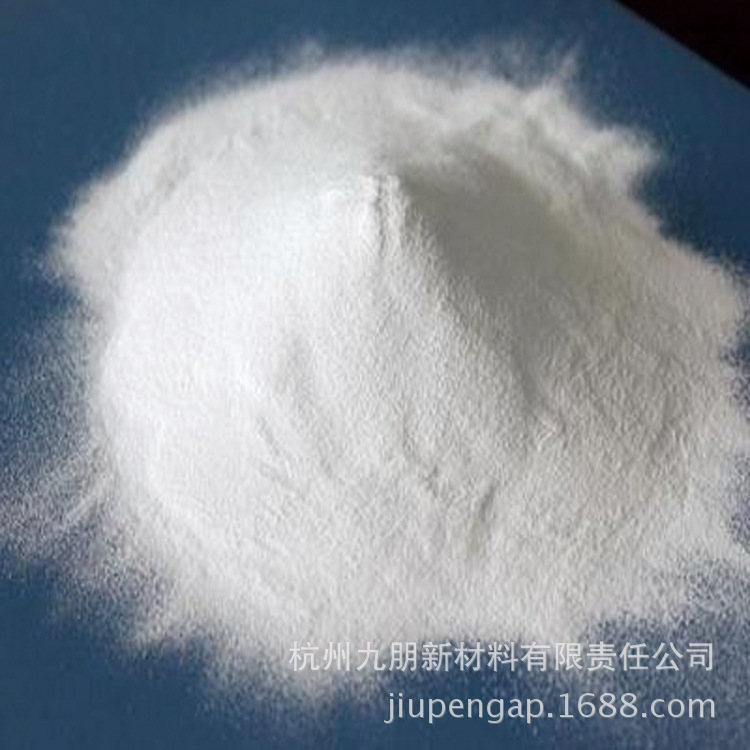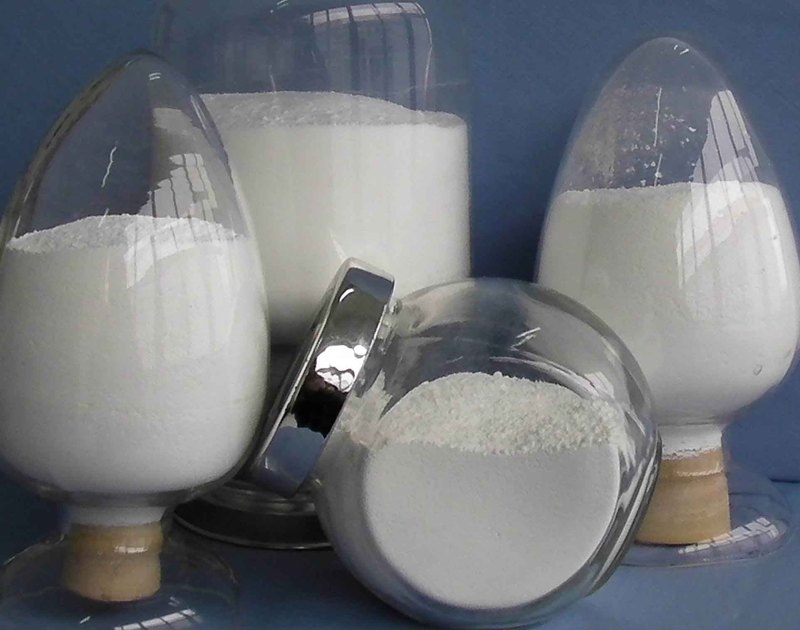CY-L30Toughening of Nano alumina CY-L30 in Aluminum Trioxide Ceramic Structural
CY-L30Toughening of Nano alumina CY-L30 in Aluminum Trioxide Ceramic Structural
CY-L30Toughening of Nano alumina CY-L30 in Aluminum Trioxide Ceramic Structural
- Detail
- Parameters
陶瓷结构件增韧专用纳米三氧化二铝α相纳米氧化铝


CAS#:1344-28-1
Property: A-phase nano alumina has high hardness and good dimensional stability, and can be widely used for strengthening and toughening various plastics, coatings, rubber, ceramics, refractory materials, and other products. It is used for thermal conductivity of plastics and rubber, especially to improve the density, smoothness, cold and hot fatigue, fracture toughness, creep resistance, and wear resistance of polymer materials. Due to its excellent performance as a far-infrared emitting material, nano alumina has been applied as a far-infrared emitting and insulating material in chemical fiber products and high-pressure sodium lamps. In addition, alpha phase alumina has a high electrical resistivity and good insulation performance, which can be applied in the main accessories of YGA laser crystals and integrated circuit substrates.
Nano alumina can be used for functional ceramics, structural ceramics, transparent ceramics, and textile machinery ceramics.
Due to the superplasticity of nano alumina powder, the limitation of application range due to low-temperature brittleness has been solved. Among them, the nano aluminum oxide silicon carbide nanocomposite material is the most significant. Its bending strength has increased from 300-400Mpa of single-phase alumina ceramics to 1GPa, and the increase in fracture toughness of the material is also more than 40%.
Adding nano alumina to ceramic substrates can not only improve the sintering performance of the substrate, but also significantly enhance the thermal stability of the alumina substrate material.
Domestic research institutions have confirmed that adding nano alumina can increase thermal stability by 2-3 times and flatness by 1.5 times. Our company's ceramic specific nano alumina has the characteristics of high purity, small particle size, and good dispersibility, and is widely used in various ceramics.
During the powder extrusion molding process, nano α - Al2O3 powder can be filled into the pores of micrometer alumina powder, reducing the pore size; The increase in molding pressure can reduce the number of pores, thereby increasing the density of ceramic preforms and improving the density and mechanical properties of alumina ceramics after sintering
The addition of nano a-Al2O3 promotes sintering activity and helps to reduce sintering temperature. When the sintering temperature is 1450 ℃, the bending strength and fracture toughness reach their maximum values.
The addition of a small amount of nano a-Al2O3 can effectively improve the mechanical properties of the material. When sintering alumina ceramics at 1450 ℃, the bending strength is 415mPa and the fracture toughness is 4.1MPa · m ^ 1/2 when the addition amount is 10%.
Technical indicators:
project
quality standard
model
CY-L30
appearance
White powder
Crystal form
Alpha phase
Content% ≥
99.99%
Specific surface area (m2/g)
10-20
Particle size nm
30-60nm
Application scope:
1. Transparent ceramics: high-pressure sodium lamp tubes, EP-ROM windows.
2. Cosmetic fillers.
3. Single crystal, ruby, sapphire, white gemstone, yttrium aluminum garnet.
4. High strength alumina ceramics, C substrates, packaging materials, cutting tools, high-purity crucibles, winding spools, impact targets, furnace tubes.
5. Precision polishing materials, glass products, metal products, semiconductor materials, plastics, magnetic tapes, polishing tapes.
6. Coatings, rubber, plastic wear-resistant reinforcement materials, advanced refractory materials, and thermal conductive materials.
7. Vapor deposition materials, fluorescent materials, special glass, composite materials, and resin materials.
8. Catalysts, catalytic carriers, analytical reagents.
Usage: You can first add a solvent to disperse it, then add it to the main material and stir well, or you can directly add it, stir and disperse, and mix evenly
Dosage: It is recommended to add 1-5%, and users should determine the optimal dosage based on different systems through experiments.
